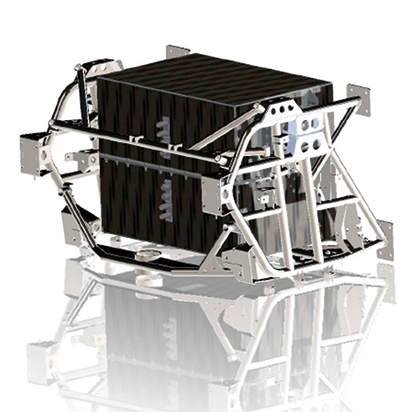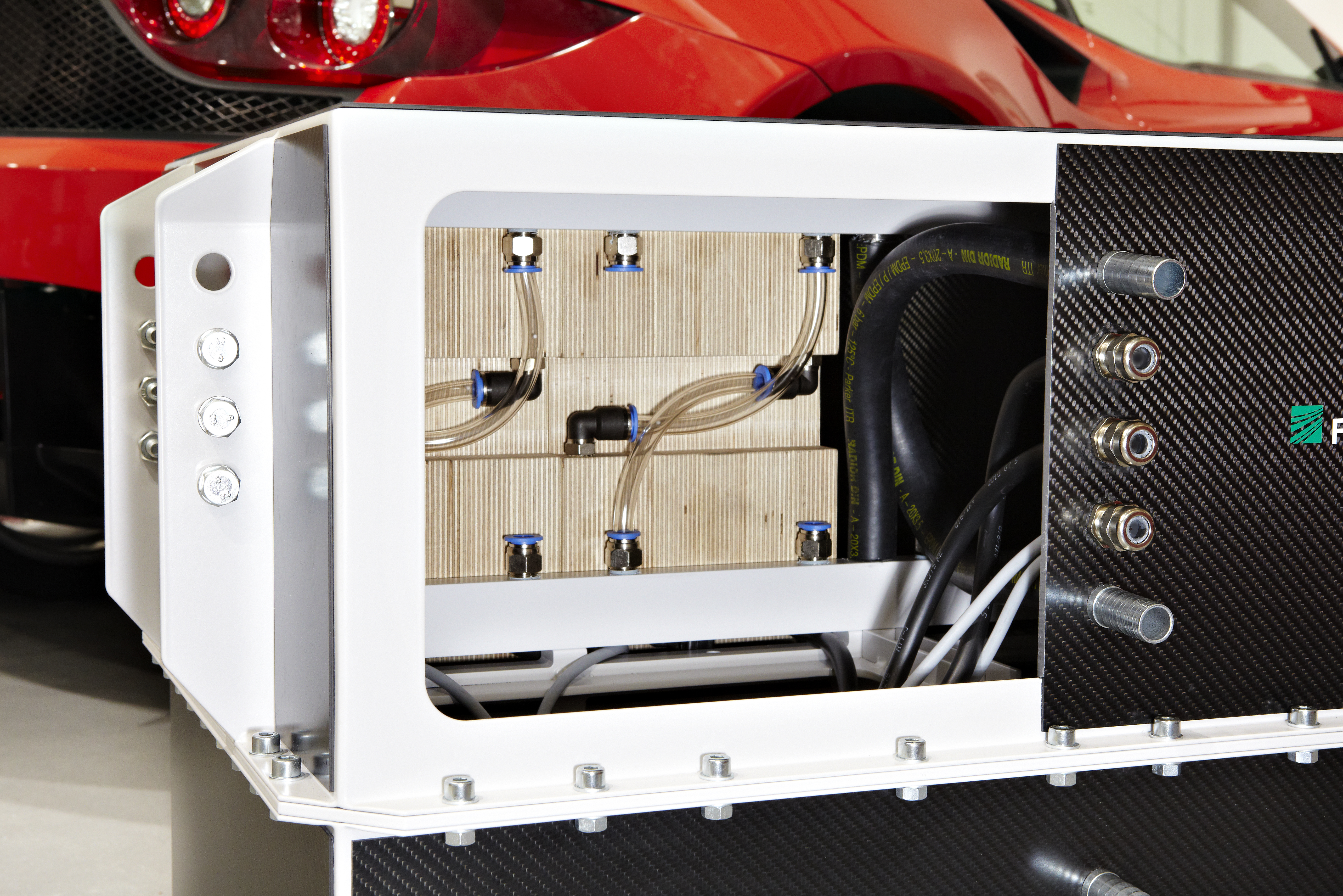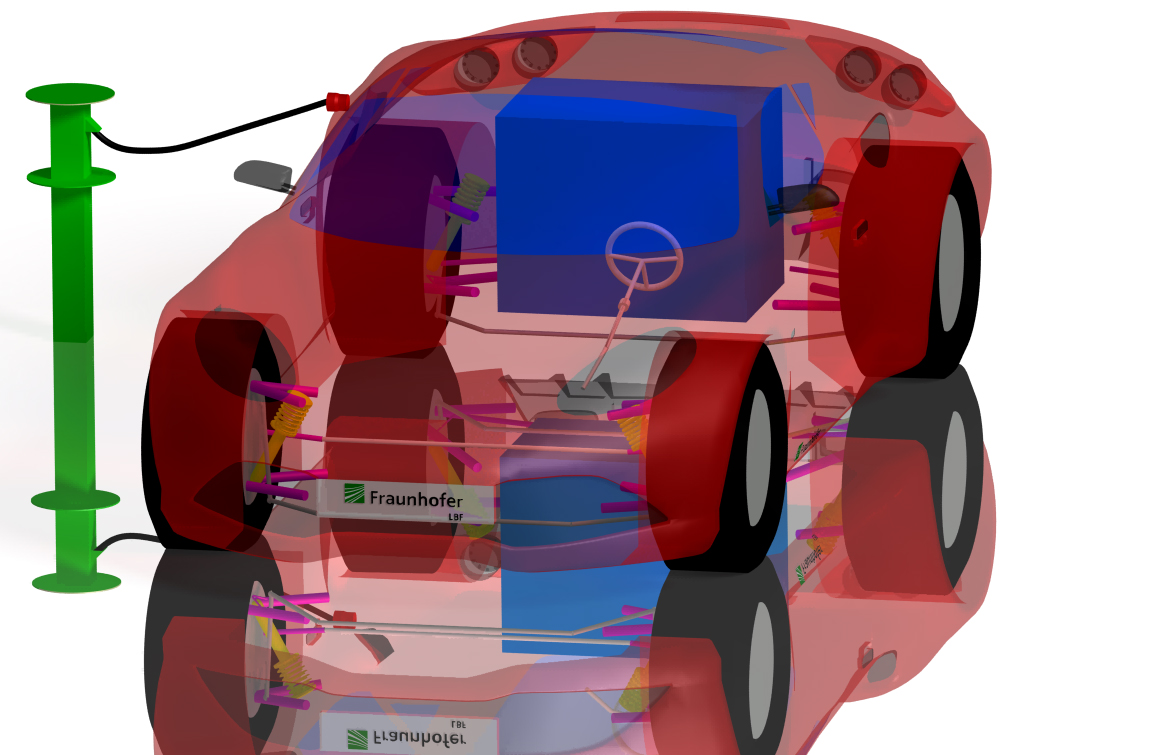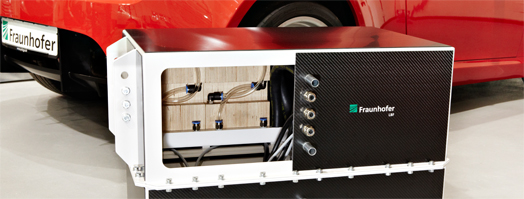When it comes to developing electric cars that will be fit for the market, the integration of the energy storage systems is a big challenge for the car designers. First of all, the battery housing should make optimum use of the available installation space, in addition, lightweight design and function integration are important features, and on top of it all, the individual battery cells must be protected. The solutions should be geared to structural durability and negative effects on the driving dynamics must be avoided.
Battery integration for electric vehicles
Battery protection system in lightweight design
In the subproject "Integration of durable and crash-proof battery and energy storage systems in lightweight structures for electric vehicles“ as part of the Fraunhofer project "System Research for Electromobility" (FSEM), a solution to the problem of integrating the battery was developed at Fraunhofer LBF for the demonstration vehicle Frecc0.



Based on examinations of the installation space, some design changes to the rear frame were made in order to create space for the battery system. By means of FE analysis, the adjustments made in the rear frame were evaluated. The battery system is mounted in three elastomeric bearings close to the original bearing points where the internal combustion engine and gearbox used to be mounted. Great emphasis was placed on simple removal of the battery system. The concept of linkage to the rear frame was modeled and structural durability was verified with the help of the FE analysis. The load spectra for the durable design were determined in multi-body simulations using the full-vehicle model.
For prototypes and small production lots, a battery protection housing was developed and implemented. The result is a lightweight solution with a high degree of function integration. E. g., the temperature control medium for the battery cells is lead to the individual battery modules through the load-bearing structure. Furthermore, lightweight composite fiber sandwich panels act as shear fields to reinforce the compact aluminium frame and also prevent parts from getting into the interior. Appropriate material combinations provide for the necessary safety of the battery system at minimum weight.
By means of multi-body simulation, our researchers analyzed the influence of the battery mass and its position on the driving dynamics. For this purpose, a full-vehicle model of Frecc0 was created. This virtual Frecc0 carried out a number of different driving manoeuvres, including acceleration, braking, load cycles, lane change, driving over rough roads and passing over bumps. In addition to the determination of load spectra and evaluation of the driving behavior, the model was also used for safety assessments, in order to support FMEA and assess later failure in real driving tests in advance.
Customer Benefits:
Fraunhofer LBF supports the development of safe integration solutions for energy storage systems in electric vehicles with numerical computation methods like CAD, FEM and MKS along the entire development process: from design and construction all the way to the evaluation of structural durability and driving dynamics.
 Fraunhofer Institute for Structural Durability and System Reliability LBF
Fraunhofer Institute for Structural Durability and System Reliability LBF